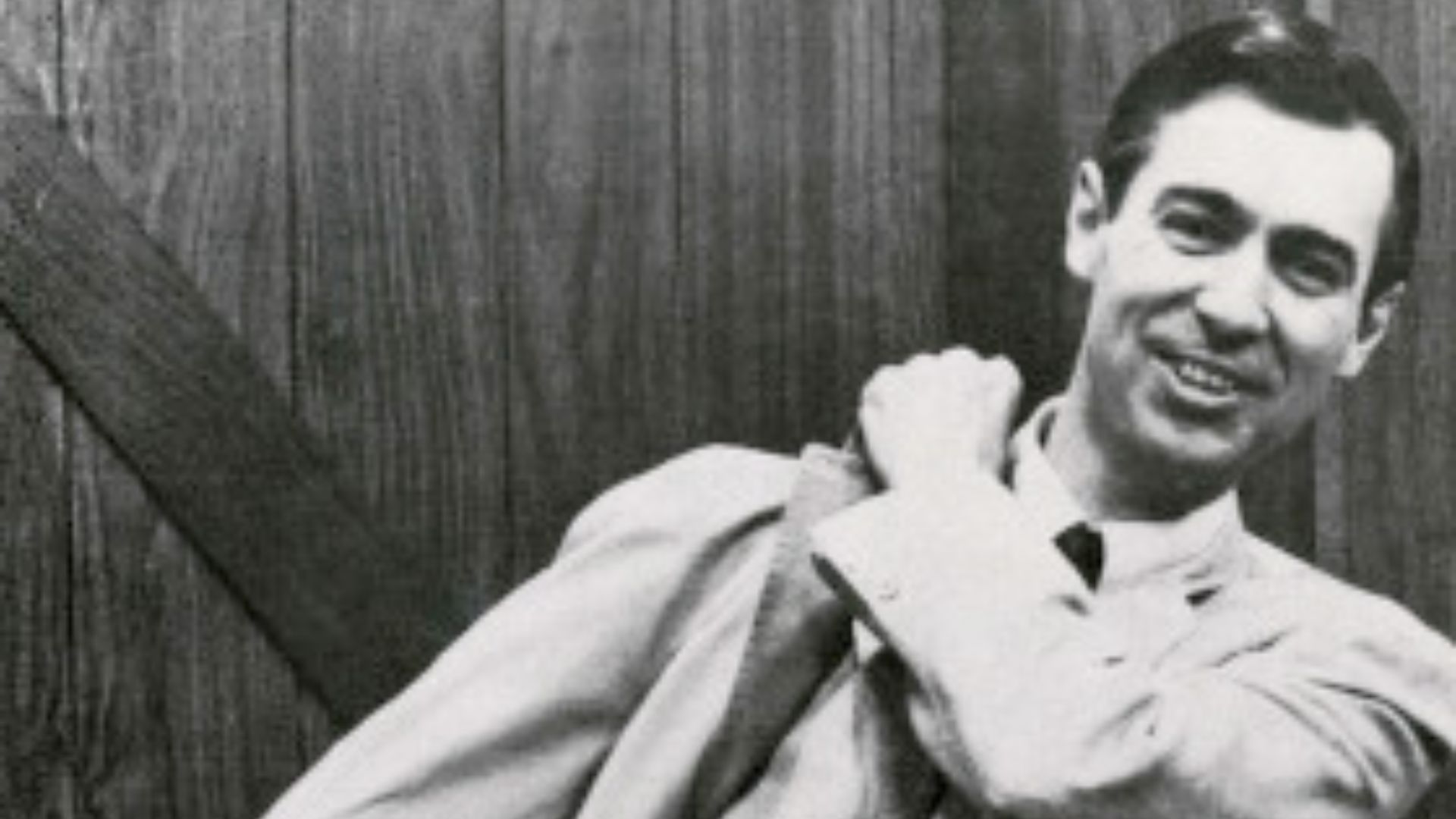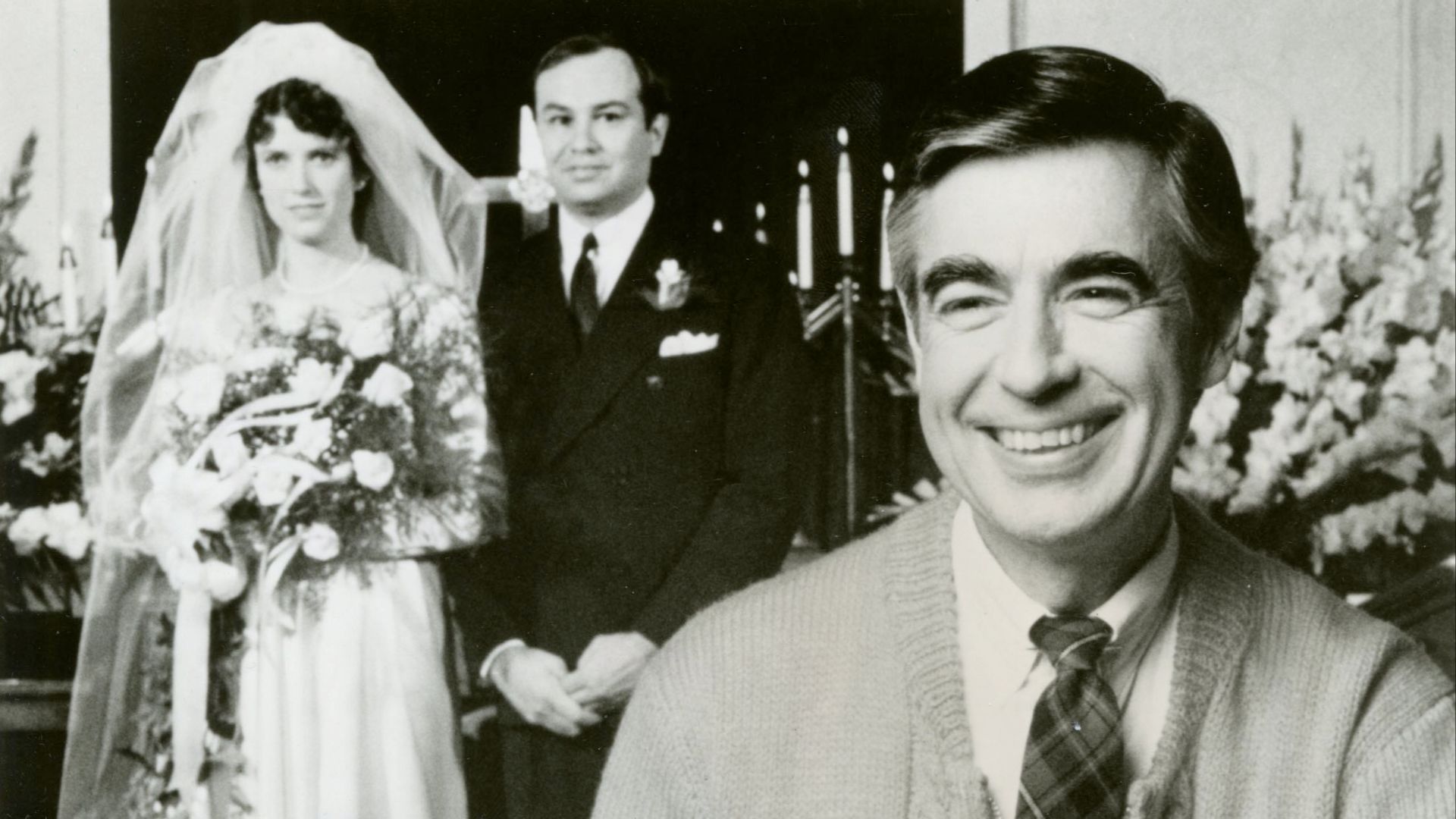A Beacon In The Dark
Since Fred Rogers first stepped out into the world, he noticed a profound lack of enriching children’s entertainment, especially in the budding medium of television. Taking this as his calling, he created a series almost entirely from his own mind, teaching children how to overcome life’s greatest struggles.
Against the fear and uncertainty of the world, he provided a much-needed comfort—making his loss all the more heartbreaking.
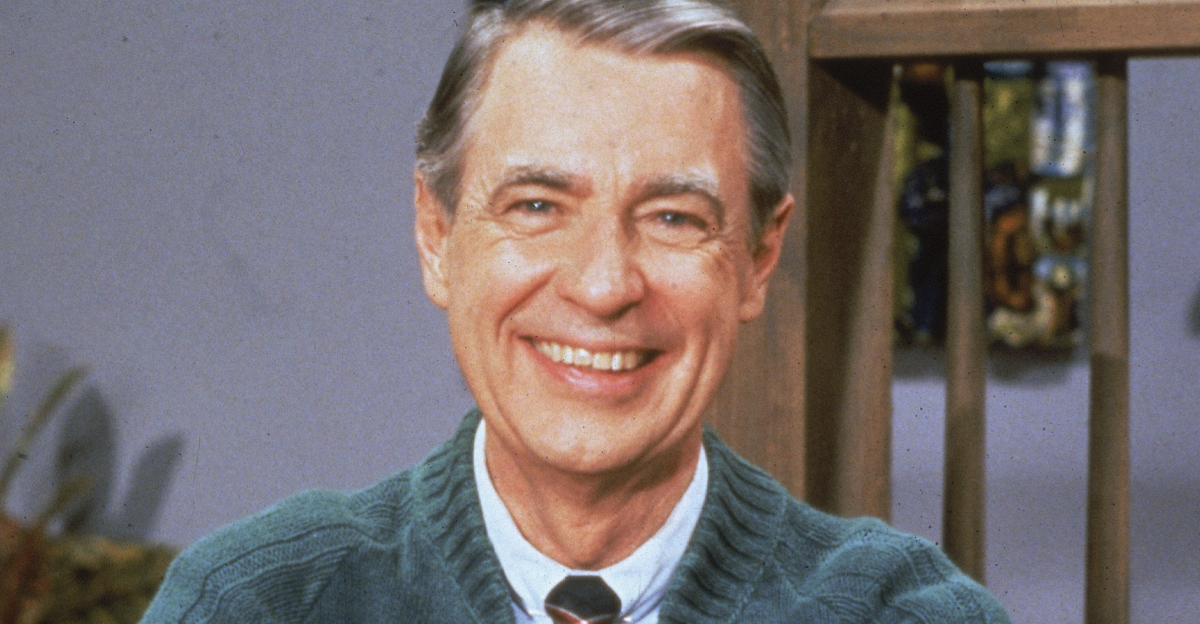
1. His Mother Was A Giver
Whether he was enriching the lives of children across North America or simply making people smile, Fred Rogers knew the importance of helping out anyone he could. This quality was something instilled in him from a young age, as his mother’s compassion pushed her to pursue a career as a doctor.
However, when this didn’t work out, she instead volunteered as much as she could at the local hospital, and later knitted sweaters for those fighting in WWII. However, Rogers soon found out that not everyone would be as kind-hearted.
 Walt Seng; Distributed by PBS, Wikimedia Commons
Walt Seng; Distributed by PBS, Wikimedia Commons
2. They Picked On Him
Although Rogers' family lived a comfortable life, with his father being one of the more successful businessmen in the area, he didn’t have an easy time growing up. Along with experiencing regular asthma attacks, he was extremely introverted and became the subject of taunting by his classmates for being overweight.
Thankfully, he had no shortage of means to escape his troubles.
 PBS, Mister Rogers’ Neighborhood (1968–2001)
PBS, Mister Rogers’ Neighborhood (1968–2001)
3. He Found His Own Passion
With few people he could consider friends, and an overwhelming shyness that kept him from making any more, Rogers still found things to better his life on his own. He was quite close to his grandfather, so his company helped to keep the loneliness at bay, and he also developed an interest in puppetry that would stay with him for the rest of his life.
Things were looking up, though—and he soon grew into who he was meant to be.
 PBS, Mister Rogers’ Neighborhood (1968–2001)
PBS, Mister Rogers’ Neighborhood (1968–2001)
4. He Gained Confidence
While Rogers had become comfortable with being alone, by the time he entered high school, he was already becoming a new person. Suddenly, it wasn’t as difficult for him to make friends, and he began getting more involved with school activities, becoming the editor-in-chief for the yearbook and even president of the student council.
Beyond the bounds of education, he felt a sense of responsibility—even if this led him down a dangerous road.
5. They Denied Him
Following high school, Rogers decided he wanted to serve his country in any way he could, so he signed up for the draft in 1948. While this was initially successful, and he received a 1-A classification, he never saw service. Two years later, a physical resulted in the military declaring him unqualified for military service.
Nonetheless, he had figured out what he was born to do.
 PBS, Mister Rogers’ Neighborhood (1968–2001)
PBS, Mister Rogers’ Neighborhood (1968–2001)
6. He Chose A Major
With his father’s great success, Rogers could virtually take his life in any direction, but his first step was to further his education. Honing in on the things he most enjoyed doing, he decided to pursue a Bachelor’s degree in music. After one year at Dartmouth College, he transferred to Rollins College and graduated magna cum laude in 1951.
With his life path decided, he also found someone to share it with.
7. He Met Someone
Fred Rogers may have excelled in his studies and achieved a Bachelor of Music degree, but that wasn’t all he walked away from college with. Like him, Sara Joanne Byrd was also studying music and received a Bachelor’s in piano, but not before she and Rogers fell hopelessly in love with each other.
No matter where his life went after that, he always came back to her.
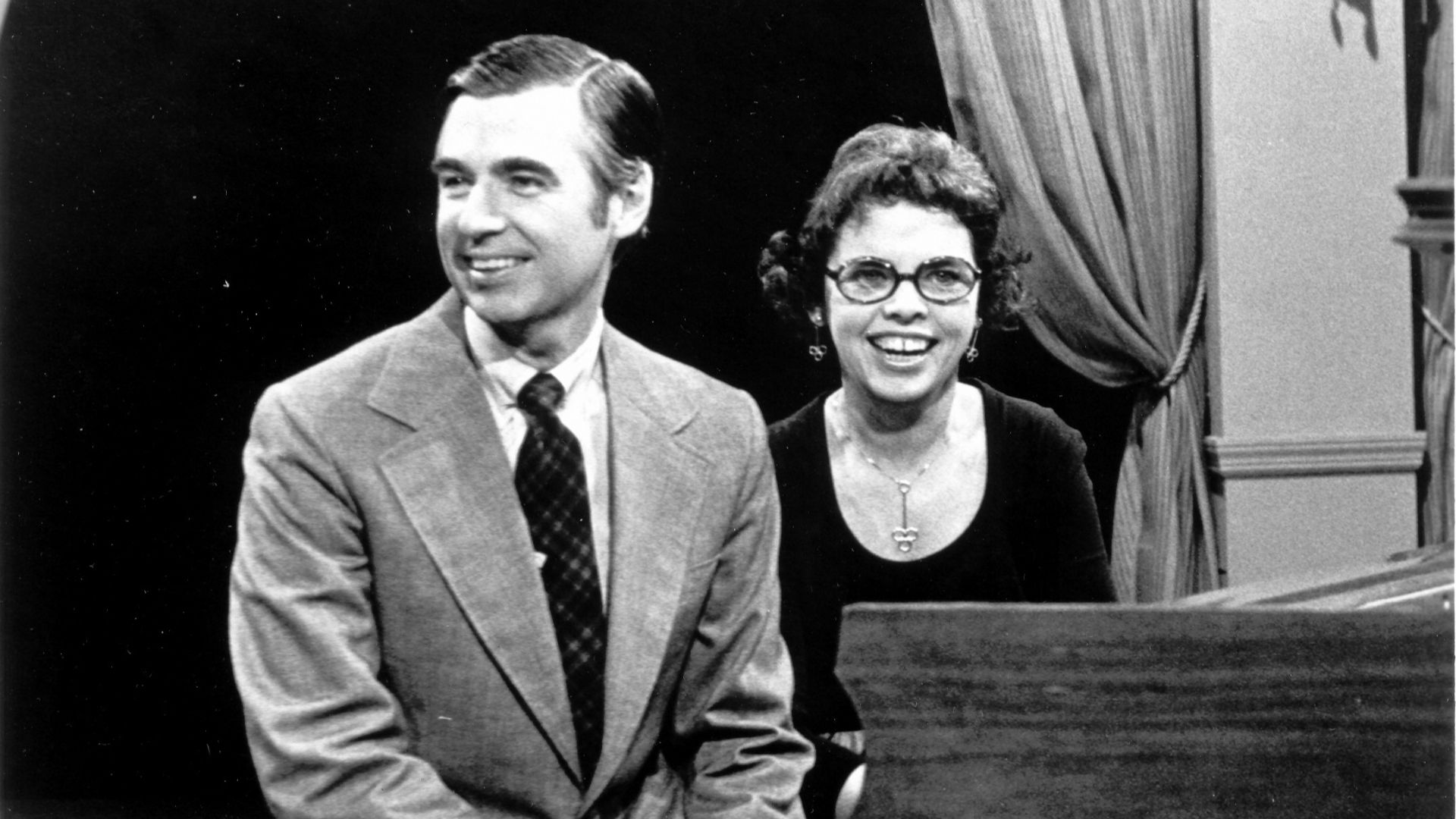 Unknown authorUnknown author, Wikimedia Commons
Unknown authorUnknown author, Wikimedia Commons
8. He Was A Family Man
Considering how famous he became and how prevalent cheating scandals are in the entertainment business, it would be easy to assume the worst of someone in Fred Rogers’ position. However, he loved Sara—whom everyone called Joanne—and the two sons they had later, and even his friends, remarked on how “absolutely faithful to his marriage vows” he was.
At this point, he had to make a decision that would change his life.
 Unknown Author, Wikimedia Commons
Unknown Author, Wikimedia Commons

History's most fascinating stories and darkest secrets, delivered to your inbox daily.
9. He Chose A Different Path
While Rogers had the prospects to provide for himself and his future family, at his core, he had a desire to help others, and his faith drove him to consider entering seminary. However, television was becoming increasingly popular in America, and he knew it would be the most effective way to reach as many people as possible.
However, his journey to becoming Mr Rogers was only just beginning.
 PBS, Mister Rogers’ Neighborhood (1968–2001)
PBS, Mister Rogers’ Neighborhood (1968–2001)
10. He Got His First Gig
Almost immediately after college, Rogers was lucky enough to find a job in television, but he wasn’t working as just any unpaid intern or low-level gofer. Signing on with NBC, he took a position as a floor director for programs like The Kate Smith Hour and a children’s show hosted by Gabby Hayes.
Through these, he earned himself some lofty opportunities.
 NBC, The Kate Smith Hour (1950–1954)
NBC, The Kate Smith Hour (1950–1954)
11. He Went To The Big Leagues
Returning to Philadelphia, Rogers had no trouble finding more work in television, but this time in a much more creative capacity. Taking a job with the public TV station, WQED, he worked with a woman named Josie Carey to create a brand new children’s program called The Children's Corner.
Of course, there was one part of production where he truly shone.
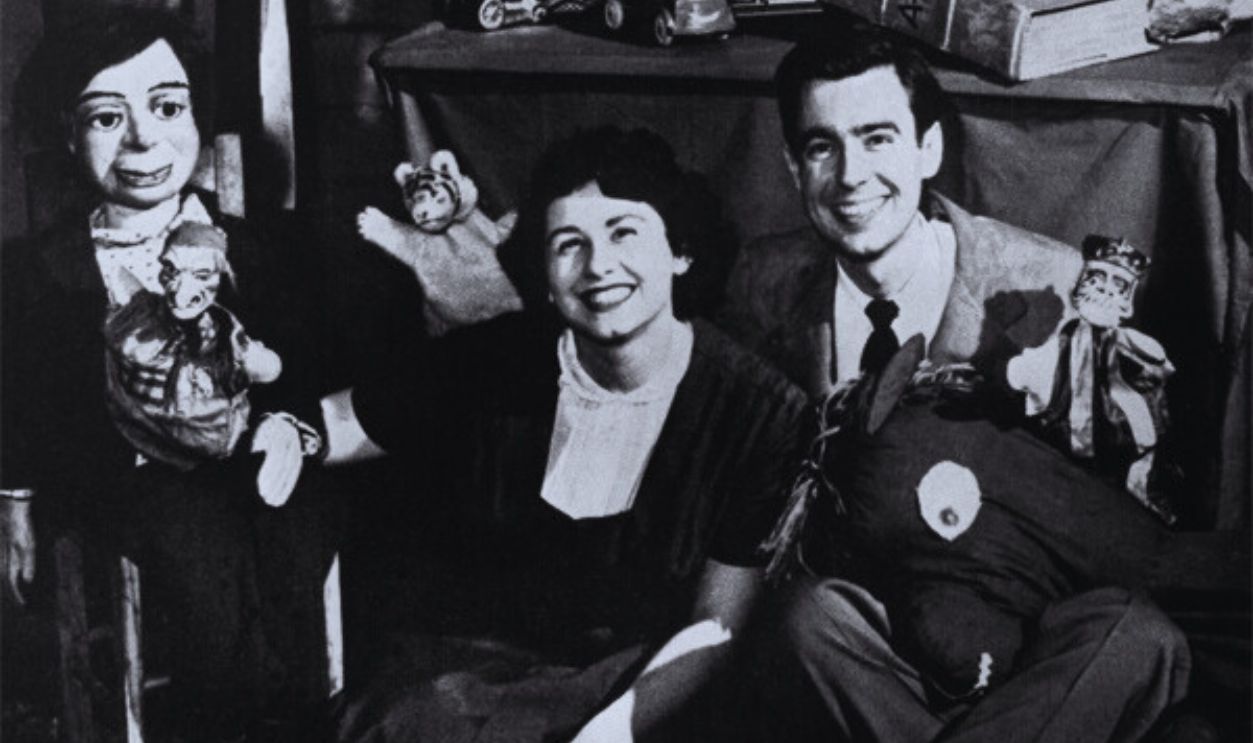 Unknown Author, Wikimedia Commons
Unknown Author, Wikimedia Commons
12. He Created Lasting Characters
While The Children’s Corner was a collaborative effort between Rogers and Josie, he worked behind the scenes, while she hosted the show on camera. Along with writing the show’s music and characters, Rogers was able to revisit one of his oldest hobbies, as he was in charge of creating all the puppets they used.
Funnily enough, he didn’t just come up with these characters out of the blue.
 Huffington Post, Wikimedia Commons
Huffington Post, Wikimedia Commons
13. They Were Inspired
Coming up with characters was one of Fred’s favorite things to do, and to all appearances, he did it effortlessly. However, while many of these personalities were the result of his creative genius, others came from the people he knew, at least in name alone. For instance, he named his puppet Daniel the Striped Tiger after the station manager at WQED, and the puppet Queen Sara Saturday after his wife.
At the same time, he hadn’t completely said goodbye to another goal of his.
 PBS, The Children's Corner (1953–1961)
PBS, The Children's Corner (1953–1961)
14. He Continued Studying
Rogers had accomplished his dream and broken into the television industry, but he realized that he could still pursue his education in seminary without leaving his career. So, spending the other half of his time at Pittsburgh Theological Seminary, he soon became ordained as a Presbyterian minister with the authority to pastor his own church.
With two life paths laid out before him, he now had a very difficult choice to make.
 NBC, The Kate Smith Hour (1950–1954)
NBC, The Kate Smith Hour (1950–1954)
15. He Still Chose TV
By the mid-1960s, Rogers was both an accomplished creator in television and an ordained minister, but he had already made up his mind about which path he would stick with. While he could have led a traditional kind of church, he believed that the best way to pastor people would be through the medium of TV.
Furthermore, he had an unconventional approach to preaching.
 Unknown Author, Wikimedia Commons
Unknown Author, Wikimedia Commons
16. He Led By Example
Although he made no attempts to hide his faith, and many of his lessons had roots in Christianity, Fred Rogers didn’t think he needed to speak outright about it too often. He had all the knowledge and validity to preach on TV, but chose to get his message across by demonstrating how he lived his own life instead.
He also realized who in the world was most in need of assistance.
17. He Consulted With Experts
Through his previous work, Fred developed a passion for children’s entertainment, but also saw a lack of programs that provided kids with what they truly needed. This led him to work with child psychologist Margaret McFarland, who became one of his most significant collaborators as he focused on the development of the younger generation.
Suddenly, another amazing opportunity came knocking at his door.
 PBS, Mister Rogers’ Neighborhood (1968–2001)
PBS, Mister Rogers’ Neighborhood (1968–2001)
18. He Was Invited
While Fred Rogers hadn’t yet become the Mr Rogers that the world fell in love with, he had still gained some renown in the television industry, even outside the US. Wanting to bring his talents on board, the Canadian Broadcasting Corporation contacted Rogers in 1963 and asked him to relocate to Toronto to host their new show, Misterogers.
Seeing his potential, they also pushed Fred out of his comfort zone in a daunting way.
 PBS, Mister Rogers’ Neighborhood (1968–2001)
PBS, Mister Rogers’ Neighborhood (1968–2001)
19. They Wanted Him On Screen
CBC had complete faith in Rogers' production skills for the show Misterogers, but they also needed him to do something completely unfamiliar—take the spotlight. Having never even appeared on camera before, he was understandably hesitant. However, the head of CBS’s children's programming reassured him that it was no different than just speaking to kids, which he was already good at.
Thanks to this newfound confidence, he was finally on his way to becoming an icon.
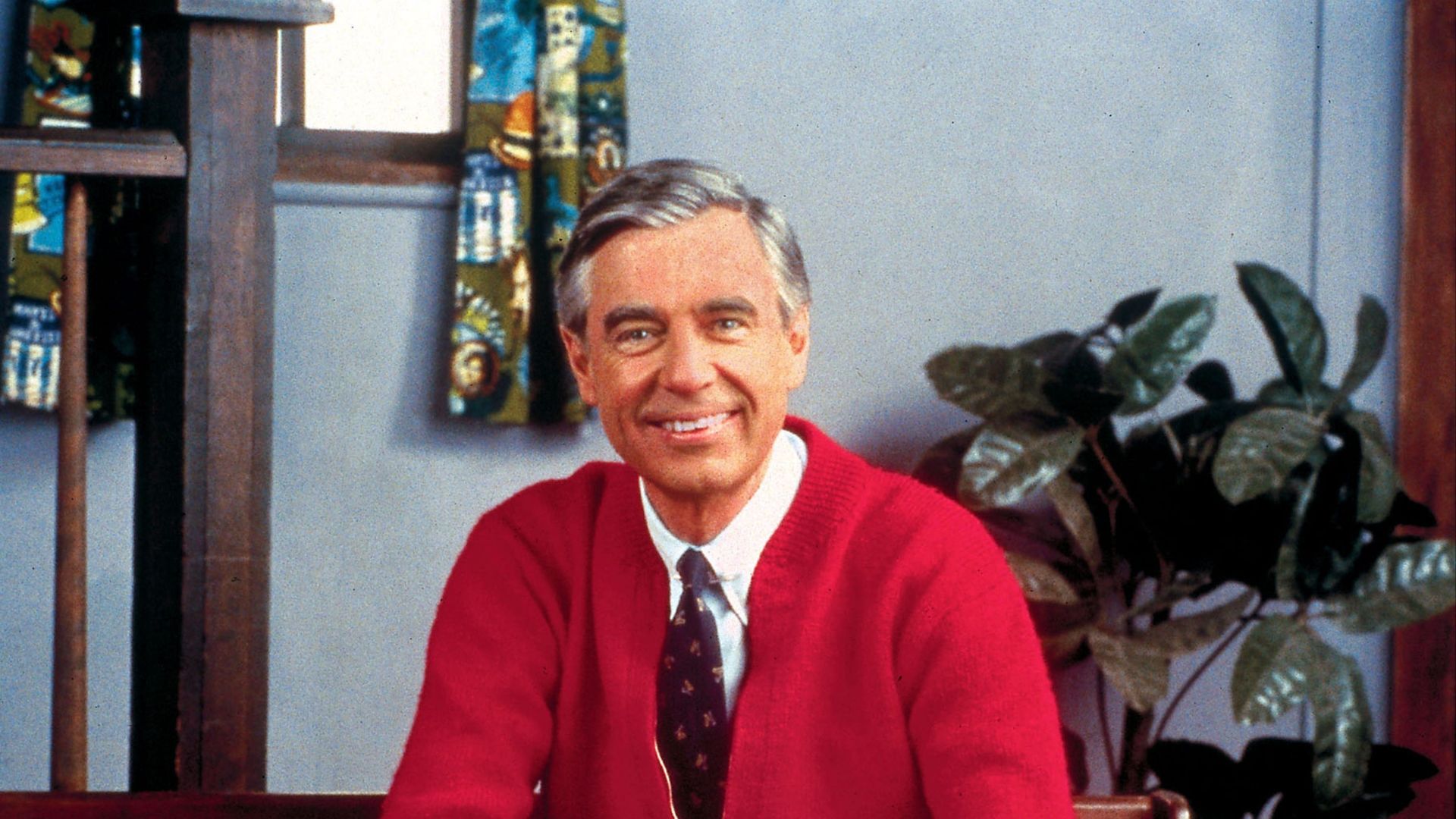 Family Communications, Inc., Wikimedia Commons
Family Communications, Inc., Wikimedia Commons
20. He Took A Big Leap
Seeing as it shared his name, Fred Rogers hosted Misterogers for its entire four-year run, but the time came when he had to move on. Still, he had put far too much work into the show just to leave it behind, and luckily, he didn’t have to. Purchasing the rights to the program, he took his family back to America with big plans for a new show.
To do this, he would need the help of some familiar friends.
 PBS, Mister Rogers’ Neighborhood (1968–2001)
PBS, Mister Rogers’ Neighborhood (1968–2001)
21. He Started It Up Again
Having cultivated some of his best professional relationships at WQED, Fred Rogers chose to take his show to the station in the late 1960s. Happily using many of the sets and puppets he carried over from his previous work, he aired this program under the name Misterogers' Neighborhood, but only throughout the northeastern US.
He had to have been terrified, especially because this first year didn’t go so well.
 PBS, Mister Rogers’ Neighborhood (1968–2001)
PBS, Mister Rogers’ Neighborhood (1968–2001)
22. They Had Ups And Downs
Although viewers were already loving Misterogers' Neighborhood, times in the TV business were hard, especially for those just starting out. Regrettably, this meant that WQED had to cancel the show in 1967, as they lacked the proper finances. In a fantastic twist, fans of the show were so vocal that the station reached out for more funding, eventually making a deal with the Sears Roebuck Foundation.
Now that he had the resources, Rogers proved he wasn’t going anywhere.
 PBS, Mister Rogers’ Neighborhood (1968–2001)
PBS, Mister Rogers’ Neighborhood (1968–2001)
23. It Had A Long Life
With the money coming in from the Sears Roebuck Foundation, Rogers' show could now reach audiences across America. Starting in 1968, this version of the program aired under the adjusted title, Mister Rogers' Neighborhood, and became so successful that it would run for a grand total of 895 episodes.
Surprisingly, some powerful leaders sympathized with Rogers' mission.
 PBS, Mister Rogers’ Neighborhood (1968–2001)
PBS, Mister Rogers’ Neighborhood (1968–2001)
24. He Wanted To Fund It
Fred Rogers wasn’t the only one who saw a profound need for more meaningful children’s entertainment that actually educated kids, since the nation’s leader also felt the same way. President Lyndon B Johnson noticed this issue and, right before leaving office, proposed a bill to finance the creation of the Public Broadcasting Service for this very reason.
Unfortunately, not everyone was on board with this idea.
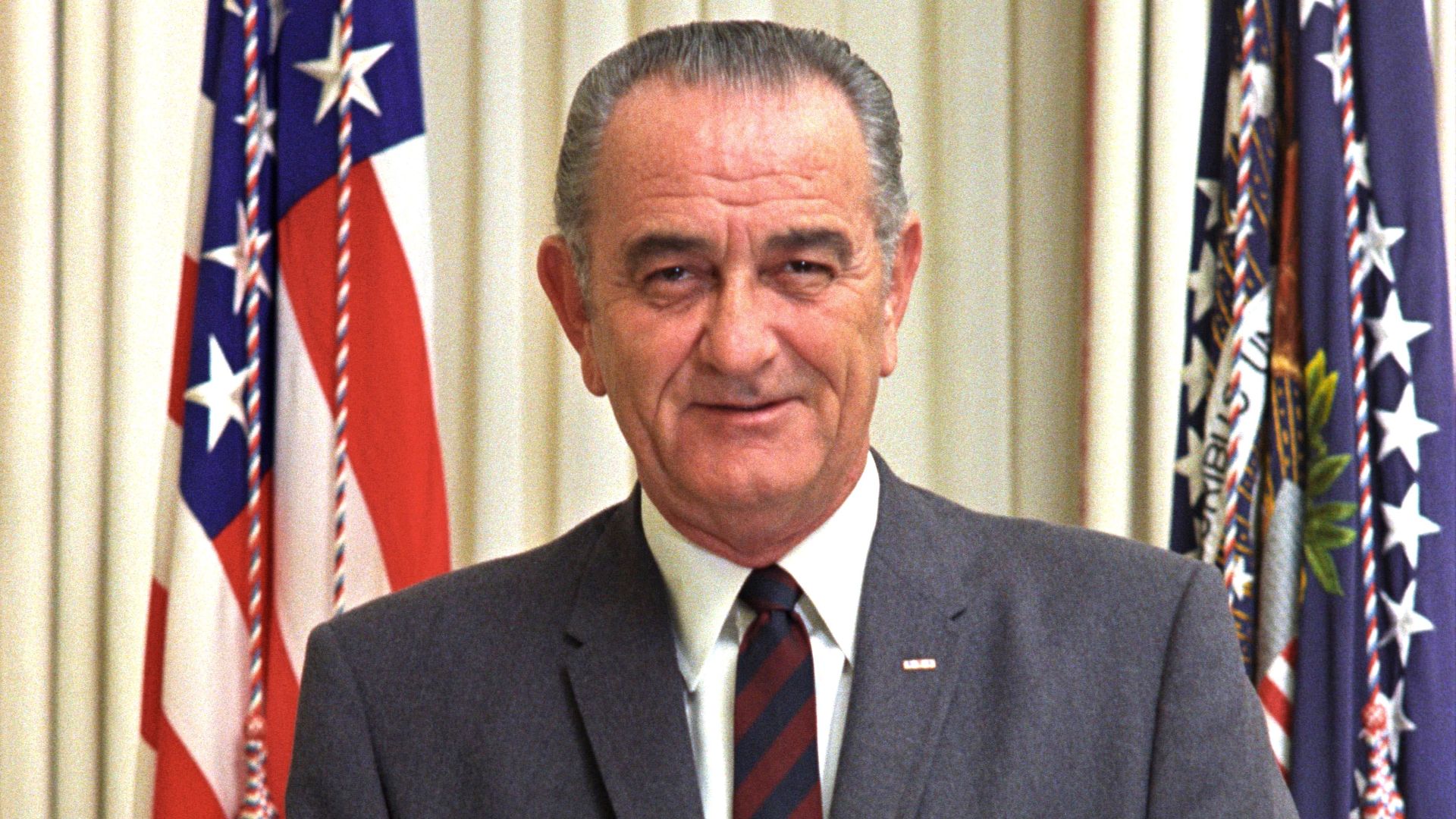 Yoichi Okamoto, Wikimedia Commons
Yoichi Okamoto, Wikimedia Commons
25. He Was Against The Idea
Sadly, while President Johnson came forward with the idea to fund PBS with $20 million, he couldn’t stick around to see it to fruition. Instead, it was subject to the decision of the next President, Richard Nixon, who didn’t consider the issue a priority. Instead, he wanted to cut the funding in half to pay for America’s conflict in Vietnam.
However, Mr Rogers would have a few things to say about that.
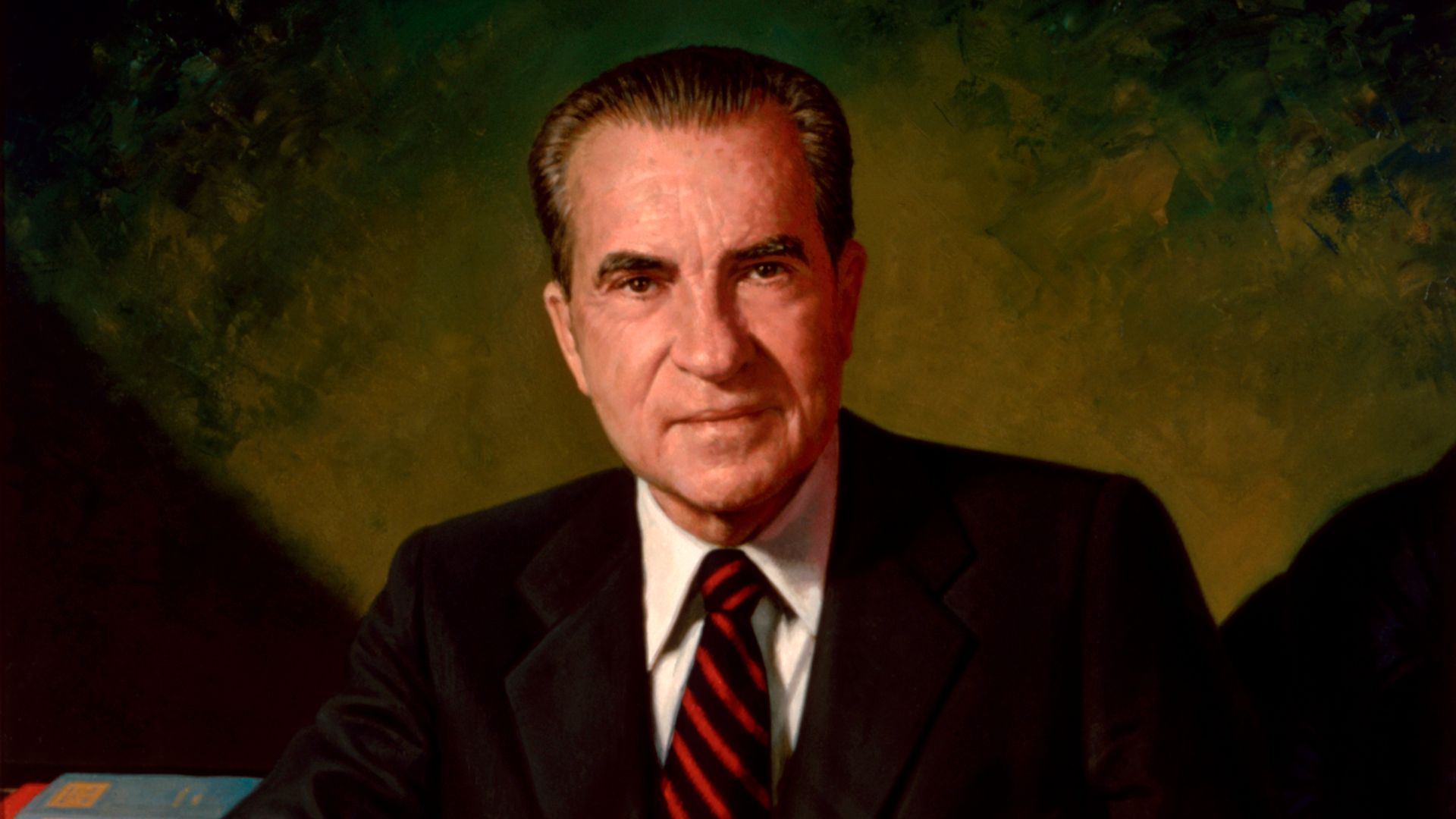 James Anthony Wills, Wikimedia Commons
James Anthony Wills, Wikimedia Commons
26. They Brought Him In
While he was nowhere near the fame he would achieve later in his career, Fred Rogers was prominent enough in 1969 to receive an invitation to speak on Nixon’s proposal. On May 1, he appeared before the Senate Subcommittee on Communications to convince them of how important funding endeavors like PBS were to children’s development.
That day, Congress did not see the shy boy that Rogers once was.
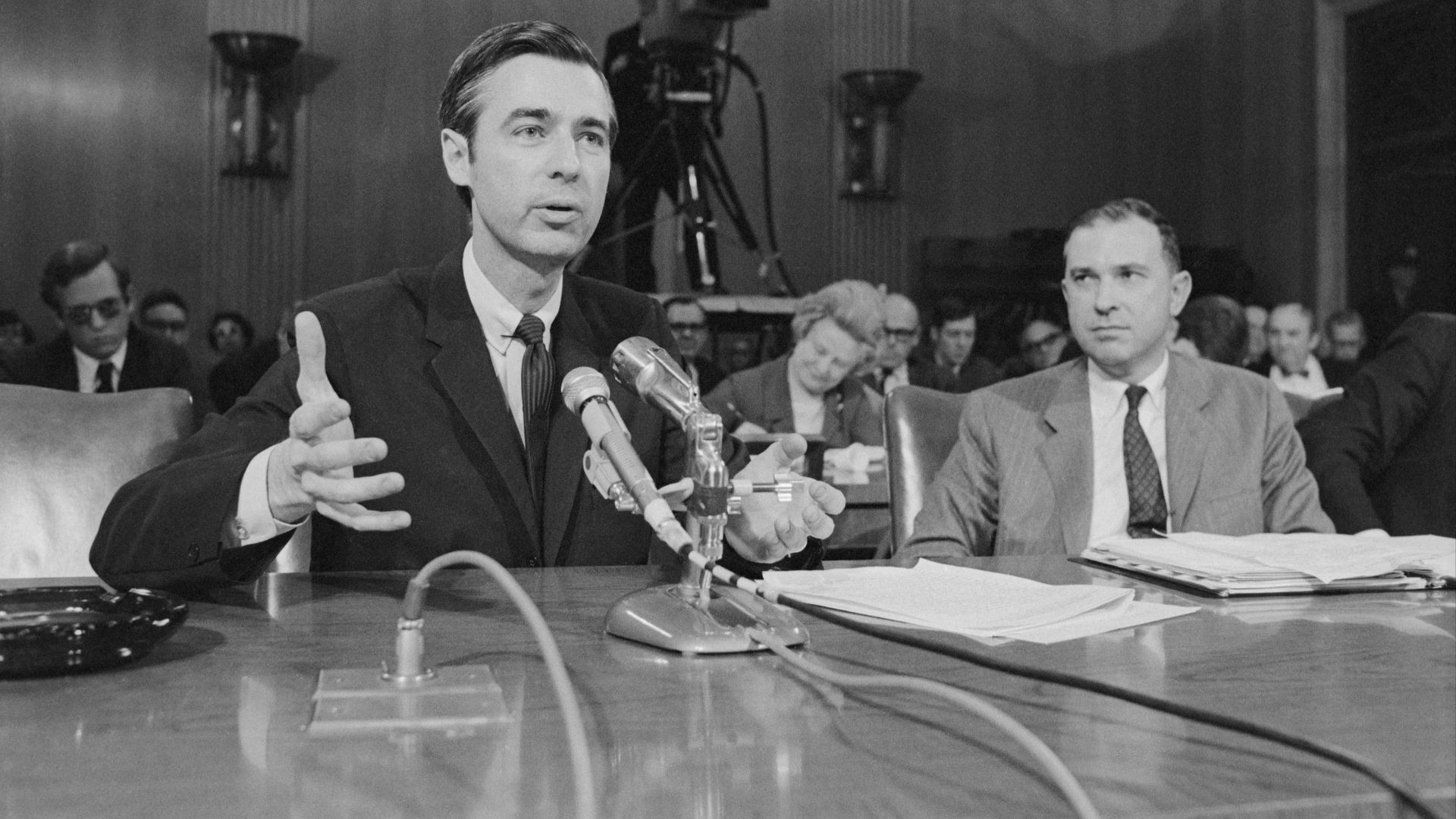 Robert Lerner, Wikimedia Commons
Robert Lerner, Wikimedia Commons
27. He Spoke From The Heart
Although Rogers had prepared a written statement on the need for the kinds of educational resources that PBS would provide, he realized that reading it would take too long. Instead, he decided to wing it and simply laid his feelings about the issue on the table for the subcommittee chair, Senator John Pastore.
In fact, he spoke so emotionally that he caused a miracle to occur.
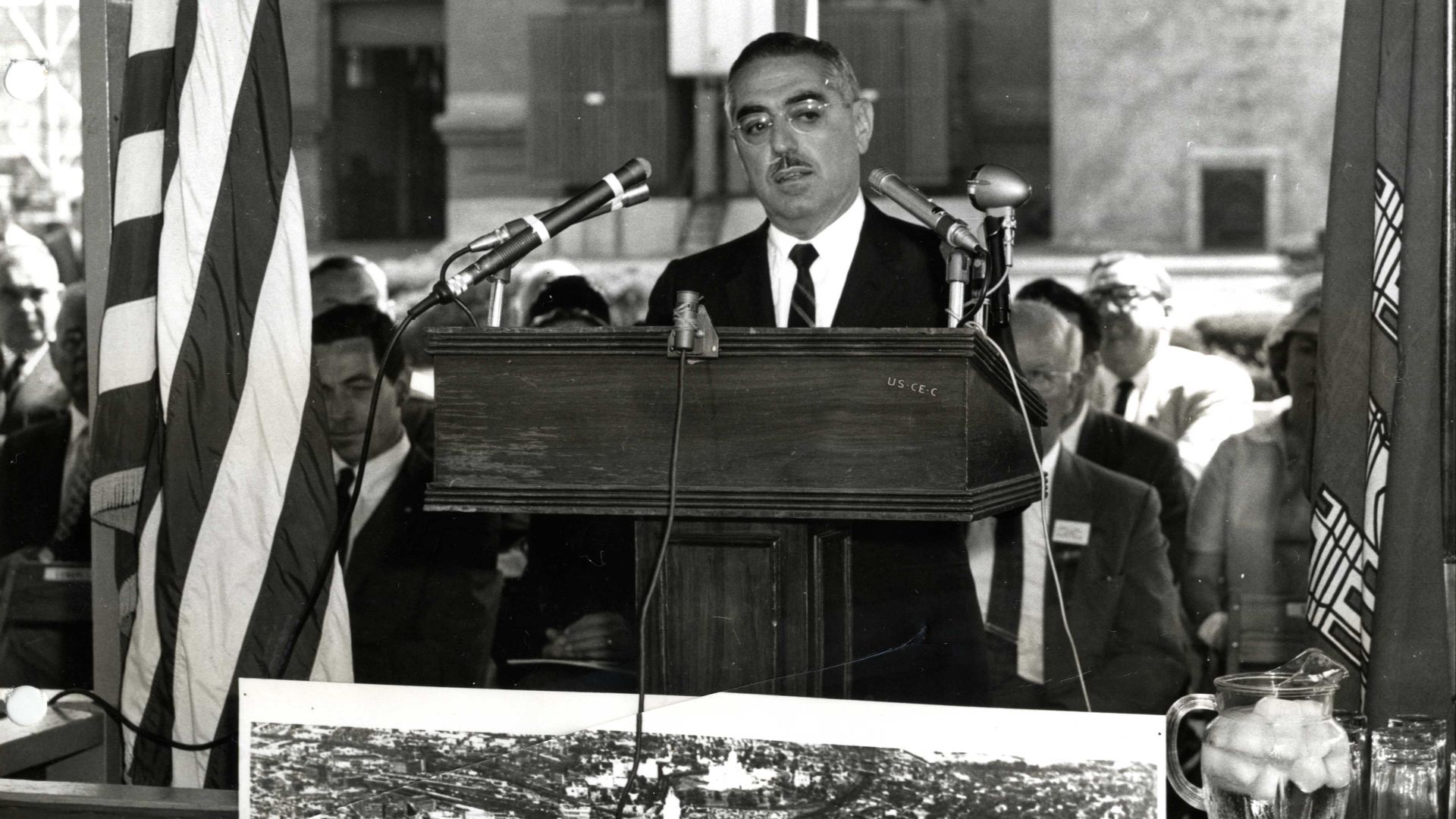 U.S. Army Corps of Engineers, Wikimedia Commons
U.S. Army Corps of Engineers, Wikimedia Commons
28. He Got His Point Across
For the next six minutes, Rogers testified directly to Senator John Pastore, talking about his own experience and expertise in working with children. He even recited the lyrics to one of the songs he wrote about healthily dealing with one’s emotions. By the end, Senator Pastore had goosebumps and said that Rogers had earned PBS the $20 million funding.
Since then, this moment in his story has lived on as a testament to Rogers' courage.
 PBS, Mister Rogers’ Neighborhood (1968–2001)
PBS, Mister Rogers’ Neighborhood (1968–2001)
29. It Left A Legacy
Rogers' profound effect on lawmakers that day has prompted many to point to this as an example of how one person’s resolve can change a nation. Since then, those like biographer Maxwell King have referred to it as possibly the most impactful video presentation in history, and one of the “most powerful pieces of testimony ever offered before Congress”.
Of course, Rogers was still busy working on what would become his own legacy.
30. He Was Unique
Rogers may have been standing up for other burgeoning programs like his, but there was something truly special about Mister Rogers' Neighborhood that set it apart. While shows like Sesame Street focused more on teaching things like math and the alphabet, Rogers' show taught kids how to deal with their feelings and the problems that life brings.
All the while, he never spoke down to his audience—even when covering difficult topics.
 PBS, Mister Rogers’ Neighborhood (1968–2001)
PBS, Mister Rogers’ Neighborhood (1968–2001)
31. He Never Shied Away
Since the purpose of his show was to prepare children for the world around them, Rogers didn’t see much point in avoiding or dumbing down any topics, no matter how tough they were. Over the course of the program’s life, he covered complex issues like divorce, the loss of a loved one, and even the demise of Robert F Kennedy.
While he had a team of helpers, the sheer amount of work Rogers put into the show was downright jaw-dropping.
32. He Did It All
Mister Rogers' Neighborhood had gained the funding to become even bigger, but that didn’t mean Rogers slowed down by any means. He still gave his all into every facet of production, writing 200 songs in total, creating all the characters, and writing and editing each episode, all while performing his regular hosting duties.
Despite his busy schedule, though, Rogers went even further.
 PBS, Mister Rogers’ Neighborhood (1968–2001)
PBS, Mister Rogers’ Neighborhood (1968–2001)
33. He Felt A Responsibility
Rogers' dedication to his audience came before anything else in his job, and he made sure that they knew how important they were to him. From the beginning, he would hand-write responses to every letter that a child sent him. Even when he grew much more popular and someone had to take over, he still read and signed each one of them.
Even when it wasn’t on his show, he loved to talk about his work as much as possible.
 PBS, Mister Rogers’ Neighborhood (1968–2001)
PBS, Mister Rogers’ Neighborhood (1968–2001)
34. He Was Charming
By the 1970s, Rogers had come a long way from when he struggled to make friends and speak up, having traded that shyness for a permanent place in the spotlight. Even though he still felt anxious each time, he began fulfilling more interview requests than he could keep up with, always displaying his “quick wit and ability to ad-lib on a moment's notice".
Naturally, this kind of personability made him one of America’s most sought-after guests—and landed him on a completely different kind of stage.
 PBS, Mister Rogers’ Neighborhood (1968–2001)
PBS, Mister Rogers’ Neighborhood (1968–2001)
35. Everyone Wanted Him
As Fred Rogers had quickly become one of history’s most inspiring figures, requests from more than just talk shows poured in, specifically asking him to give speeches for certain events. Although he still never got over the jitters he felt each time, he would go on to make more than 150 commencement speeches for various colleges and universities.
Beyond that, even the government suddenly wanted his expertise.
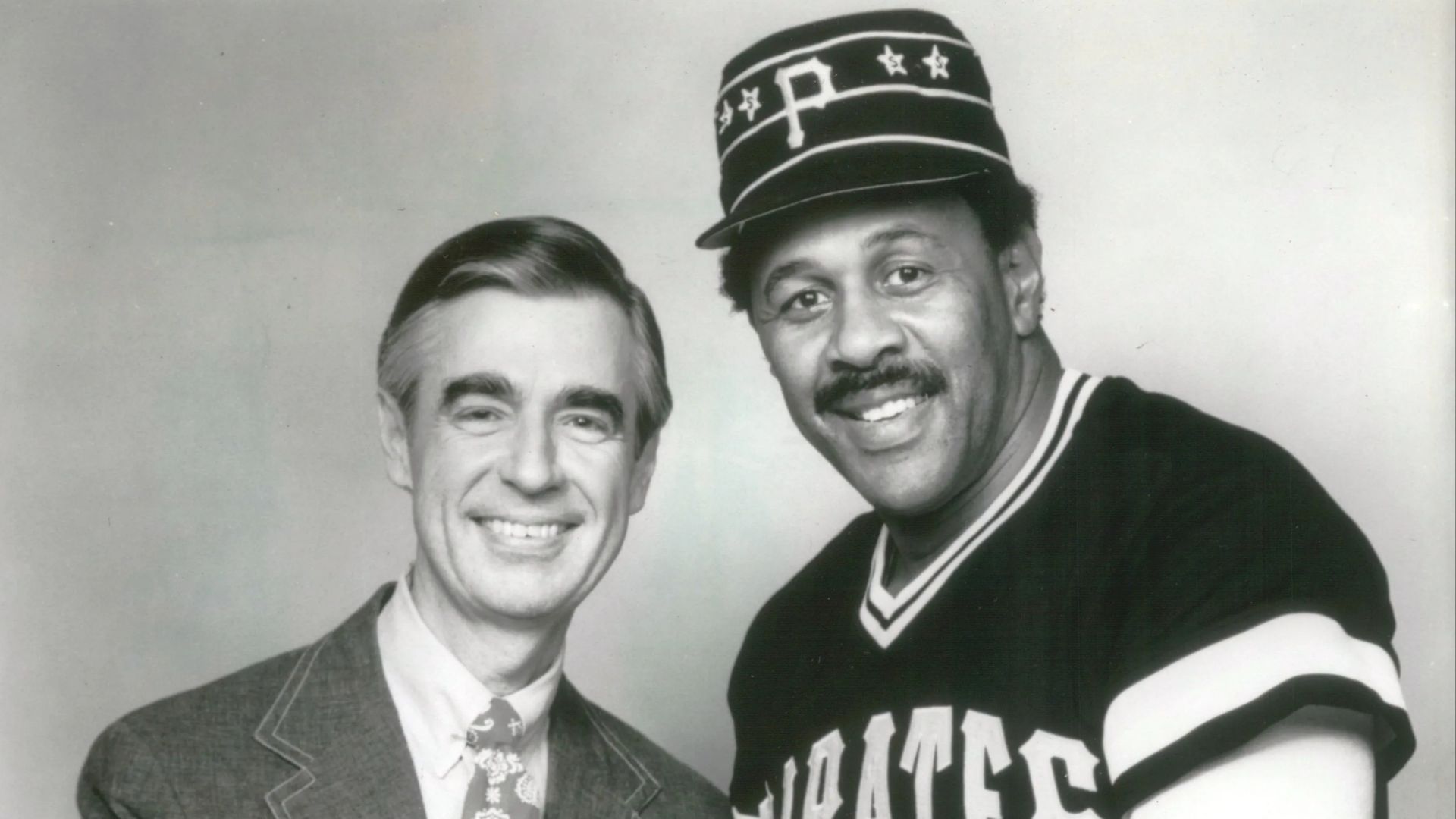 Walt Seng (given in Worthpoint source and Milwaukee Journal Sentinel source), Wikimedia Commons
Walt Seng (given in Worthpoint source and Milwaukee Journal Sentinel source), Wikimedia Commons
36. He Was Given A Position
Rogers' inspirational speech before Congress wasn’t the only time he became involved in politics, since he was pulled back in by an unexpected figure in 1970. At the annual White House Conference on Children and Youth, President Nixon named Rogers that year’s chair, believing his perspective would be the most valuable in the room.
As one of the most successful people on TV, he finally created something that was wholly his.
 Robert Lerner, Wikimedia Commons
Robert Lerner, Wikimedia Commons
37. He Started His Studio
Rogers loved what he did, and was fortunate enough to enjoy almost complete creative control over his show, but he wanted to take the next step. In 1971, he established his own non-profit organization, Family Communications, Inc, which took over the licensing and production of his show. Even today, the organization has continued to create children’s programming under the name Fred Rogers Productions.
Before much longer, though, Rogers would make a decision that no one saw coming.
 Nebraska Educational Television Network, Wikimedia Commons
Nebraska Educational Television Network, Wikimedia Commons
38. He Surprised Everyone
In 1975, Rogers made an announcement that shocked everybody, whether they were involved with his show or not—he would stop producing and hosting Mr Rogers' Neighborhood. Although he still believed in the show’s mission, he wanted to get further out of his comfort zone and start working on more adult-focused programming.
Unfortunately, he had already found what he was meant to do, and that wasn’t it.
 PBS, Mister Rogers’ Neighborhood (1968–2001)
PBS, Mister Rogers’ Neighborhood (1968–2001)
39. He Wasn’t As Successful
While Mr Rogers' Neighborhood ran reruns, Fred Rogers took the next five years to create programs geared towards an older audience, like the 1978 series, Old Friends ... New Friends. This program had him interviewing different guests each episode, aiming to bridge the gap between older and younger generations, but it performed so poorly that it only aired for 20 episodes.
On the bright side, this period allowed him to rediscover his spark.
 Unknown Author, Wikimedia Commons
Unknown Author, Wikimedia Commons
40. He Came Back
Rogers' hiatus from The Neighborhood may have been unsuccessful, but it wasn’t worthless, especially since one of the reasons he left was to avoid complete burnout. Now that he had gotten a much-needed break, however, he was ready to return. In 1979, he finally took up his role as producer and host again, ushering in an era that many consider even better than the previous episodes.
He was famous before, but now no one would ever forget him.
 PBS, Mister Rogers’ Neighborhood (1968–2001)
PBS, Mister Rogers’ Neighborhood (1968–2001)
41. They Immortalized It
By the 1980s, Rogers had become an integral part of television history, and even though he was still alive and kicking, many wanted to memorialize his legacy for future generations. An iconic detail of the show was the sweaters he wore in every episode, each one lovingly made by his mother.
To celebrate him and the show, the Smithsonian Institution placed one of these sweaters on exhibit in 1984. Even into the next decade, the public couldn’t stop expressing admiration for him.
 Mr. Rogers Gives A Tour of His ICONIC Sweater Closet | 1993 ET Flashback, Entertainment Tonight
Mr. Rogers Gives A Tour of His ICONIC Sweater Closet | 1993 ET Flashback, Entertainment Tonight
42. He Was Honored
Throughout his decades of television and across 800 episodes, Rogers had not only helped the children watching his show, but also the adults they grew up to be. To commemorate this tremendous impact in 1997, the Emmys gave him a Lifetime Achievement award “for giving generation upon generation of children confidence in themselves”.
Sadly, although he wanted to, he couldn’t keep this up forever.
 PBS, Mister Rogers’ Neighborhood (1968–2001)
PBS, Mister Rogers’ Neighborhood (1968–2001)
43. His Age Caught Up To Him
Everyone praised Rogers' commitment to his show, and he took pride in how much of himself he poured into every episode, but the years started taking their toll. By the late 1990s, he couldn’t maintain all the duties he previously enjoyed and had no choice but to step back, only producing about 15 episodes per year.
Eventually, he reached a point where he had to make the most difficult choice of all.
 PBS, Mister Rogers’ Neighborhood (1968–2001)
PBS, Mister Rogers’ Neighborhood (1968–2001)
44. He Said Goodbye
Rogers made it into the new millennium and realized that his time on television was coming to an end, and he would have to make that decision before it was made for him. Finally, in 2001, the 73-year-old host announced his retirement from the show to his shocked fans, airing the final original episode on August 31.
Despite this, he couldn’t keep himself from staying busy in some way.
 PBS, Mister Rogers’ Neighborhood (1968–2001)
PBS, Mister Rogers’ Neighborhood (1968–2001)
45. He Stuck Around
Although he retired from his hosting duties and ended his show’s almost 30-year run, Rogers knew there was still work to be done, even if age had limited his abilities. Staying on at his non-profit, Family Communications, Inc, he continued to appear at events and minister to people in his own way.
Unfortunately, something insidious was going on in the background.
 PAUL J. RICHARDS, Getty Images
PAUL J. RICHARDS, Getty Images
46. He Got Checked Out
A year after his retirement, Fred Rogers was still doing everything he could for FCI, but his health had been rapidly declining all the while. What started as stomach pain turned into a chronic condition that required him to visit the doctor. His worst fears came true, and he received a diagnosis of stomach cancer.
Still, Rogers wasn’t about to abandon his work now, even for his own good.
47. He Put It Off
Even after receiving such a devastating diagnosis, Rogers remained devoted to his responsibilities, which likely also served as a way to cope with the diagnosis. While the doctors presented him with treatment options, his schedule was full, and he decided to delay these treatments for months, until after he appeared in the Rose Parade as Grand Marshal.
After a long and accomplished life, Fred Rogers' time was almost up.
 Fotos International, Getty Images
Fotos International, Getty Images
48. His Story Came To An End
Once his schedule opened up and he allowed himself to take a break, Rogers underwent surgery to treat his stomach cancer. Tragically, this surgery only helped so much, as he swiftly declined over the following months. On February 27, 2003, while at home with his wife, Joanne, he succumbed to his illness and passed.
Being so ingrained in the lives of millions, the loss of Rogers hit everyone hard.
 PBS, Mister Rogers’ Neighborhood (1968–2001)
PBS, Mister Rogers’ Neighborhood (1968–2001)
49. They All Missed Him
For many, whether they knew him or not, losing Fred Rogers was like losing America’s dad. One day later, the news of his passing spread across the country, and the Pittsburgh Post-Gazette later reported that by noon, countless people had taken to the internet to highlight his monumental impact.
Even today, his legacy endures in exactly the way he would have wanted it to. However, there is one chapter of his life that some have looked at through a lens of scandal.
 PBS, Mister Rogers’ Neighborhood (1968–2001)
PBS, Mister Rogers’ Neighborhood (1968–2001)
50. He Made A Strong Impression
The singer and actor François Clemmons was best known for his role as Officer Clemmons in Mister Rogers' Neighborhood—but there was more to his relationship with Rogers than met the eye. Rogers met Clemmons at church while he was still in graduate school. Clemmons later wrote about their first encounter, noting how authentic and warm Rogers was with him: "His eyes hugged me without touching me".
It was a fateful encounter, but complications were bound to surface.
 Robert Lerner, Wikimedia Commons
Robert Lerner, Wikimedia Commons
51. His Co-Star Had A Secret
To begin with, as a Black man, Clemmons felt conflicted about stepping into the role of a police officer. Secondly, Clemmons was also a gay man—something that undoubtedly raised red flags for Rogers. According to Clemmons' memoir, Rogers was genuinely worried about the success of his show if Clemmons ever came out.
The advice Rogers gave Clemmons lives on as one of his most controversial moments.
 The Stofan Studio, Wikimedia Commons
The Stofan Studio, Wikimedia Commons
52. He Told Him To Stay In The Closet
As Clemmons wrote in his book, Rogers told him, "I want you to know Franç, that if you're gay, it doesn't matter to me at all. Whatever you say and do is fine with me, but if you're going to be on the show as an important member of The Neighborhood, you can't be out as gay...I wish it were different, but you can't have it both ways. Not now anyway".
Rogers didn't stop there.
 PBS, Mister Rogers’ Neighborhood (1968–2001)
PBS, Mister Rogers’ Neighborhood (1968–2001)
53. He Urged Him To Marry A Woman
Reportedly, Rogers also asked Clemmons a shocking question: "Have you ever thought of getting married?" Rogers really didn't want Clemmons' scandalous secret to come out, urging him to marry a woman. Clemmons was devastated, but he ultimately followed his mentor's advice and wed La-Tanya Mae Sheridan.
But there was no "happily ever after" here.
 PBS, Mister Rogers’ Neighborhood (1968–2001)
PBS, Mister Rogers’ Neighborhood (1968–2001)
54. He Forgave Him
Perhaps, unsurprisingly, Clemmons' marriage ended in 1974. What's more? He ultimately forgave Rogers for pressuring him to hide his true self: “Lord have mercy, yes, I forgive him. More than that, I understand. I relied on the fact that this was his dream. He had worked so hard for it. I knew Mister Rogers’ Neighborhood was his whole life".
Though this might be the darkest part of Rogers' legacy, both he and Clemmons were able to make a big impact in another way.
 Focus Features, Won’t You Be My Neighbor? (2018)
Focus Features, Won’t You Be My Neighbor? (2018)
55. He Wanted Equality
Though he couldn't come out as gay, Clemmons' role on the show was still extremely important and unconventional. As one of the first Black men to have a recurring role on a children's television show in the US, his character as both a good neighbor and an officer made a statement. After all, race relations were even more fraught than they are now. In 1969, community swimming pools that welcomed Black folks were considered controversial.
Rogers tackled this issue of inequality on his show, with one episode standing out, in particular.
 Focus Features, Won’t You Be My Neighbor? (2018)
Focus Features, Won’t You Be My Neighbor? (2018)
56. He Made A Statement
In one episode, Mr Rogers asks Officer Clemmons if he'd like to cool off by soaking his feet in a kid-sized wading pool. Both men sat next to one another and placed their feet in the same pool, ultimately drying off with the same towel. It was a strong political message, communicated in an effective yet simple way.
 PBS, Mister Rogers’ Neighborhood (1968–2001)
PBS, Mister Rogers’ Neighborhood (1968–2001)
57. He Helped Everyone
Fred Rogers may have begun with a purpose of teaching children to deal with life, but he accomplished so much more than that. For most, he became a welcome constant who helped his viewers overcome many frightening or miserable times in history, even up to the September 11 attacks.
Going further, his memory has continued to have the same effect to this day, allowing people to find comfort in recordings of his show during times of hardship.
You May Also Like:
Johnny Carson Wasn’t So Charming Behind The Scenes


